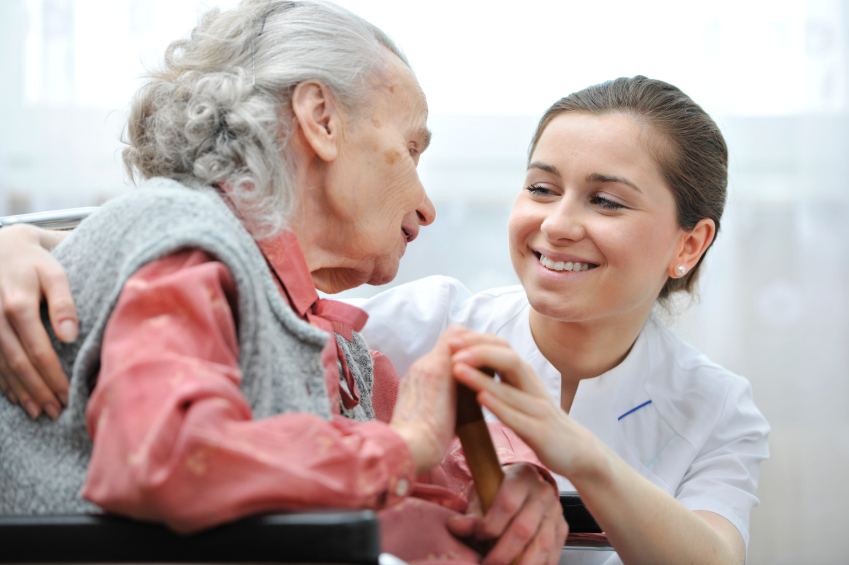Anyone who worries about an older adult knows the risk that a fall carries. Broken hips, head trauma, and bone breaks are major concerns, especially for seniors who may have become frailer and less agile as the years pass. Those worries have plenty of merit.
Each year, more than 2.5 million emergency room visits annually can be traced to fall-related injuries, according to the Centers for Disease Control and the National Council on Aging. And one in every three adults age 65 or older suffer falls.
In 2014 alone, more than 250,000 older adults were hospitalized for hip fractures caused by falls. For many, a recovery isn’t in the cards.
The Centers for Disease Control has long been concerned about those falls and has several tips to help prevent them. Among those tips is making sure older adults stay as active as possible. Lack of exercise can lead to weakened legs, which increases the odds of falling. Vision problems are another factor in those falls, so keep up to date with your eye appointments to make sure you’re seeing clearly.
Also, the agency advises older adults to be mindful of new medications and their effects. Some medications, especially new ones, can produce drowsiness, dizziness, or balance problems combined with other medicines “even if you’ve been taking one medicine for a long time without any adverse effects.
However, since most falls happen at home, the biggest thing you can do to prevent falls is to safeguard your home. From the CDC, some of the key things to do include:
- Removing tripping hazards. Clear extraneous items from stairways and places where older adults usually walk. Papers, books, clothes, and shoes in walkways are tripping hazards that are easily eliminated.
- Rethink other items like small throw rugs. They make look wonderful, but they too can cause trips and falls. If you must keep them, make sure they have rubberized backings to increase traction or, better yet, use double-sided tape to make sure they stay in place.
- Rearrange your cabinets. Keep items that are used daily in lower cabinets that can be easily reached without straining to reach them or using a step stool.
- Encourage older adults to wear shoes both outdoors and indoors. Also, make sure shoes fit properly and give steady, sure footing.
- Ditch the mood lighting. To see, better, brighter lighting is required.
- Pay special attention to the bathroom. Bath rugs and wet floors are especially hazardous to older adults with stability problems. Put grab bars inside and next to the bathtub and shower, along with the toilet “anywhere a steadying influence may be needed.
If the older adult in your life has fallen within the past year, and/or often feels unsteady when standing or walking, they are considered at greater risk of falling. Talk with their doctor about their troubles. They can assess the risk and help with suggestions.
St. Elizabeth’s PrimeWise program (for adults 50+) is also hosting a free informational session about aging spines on Thursday, March 10. Click the button below for more information or call (859) 301-5999 to register.


